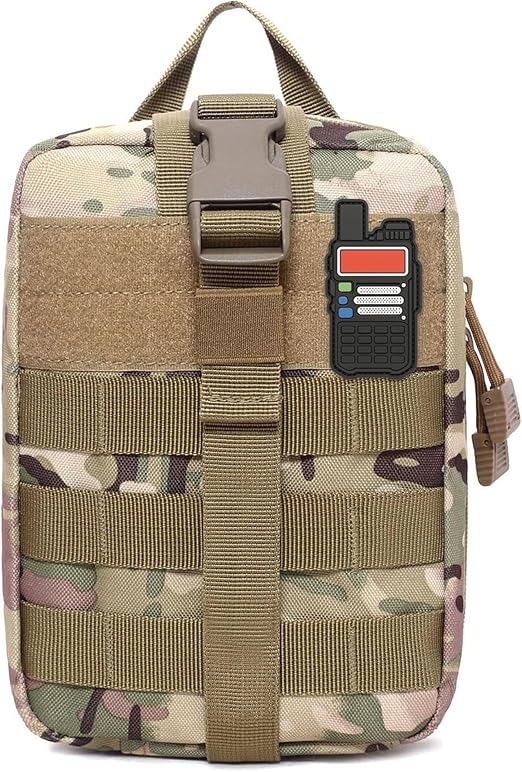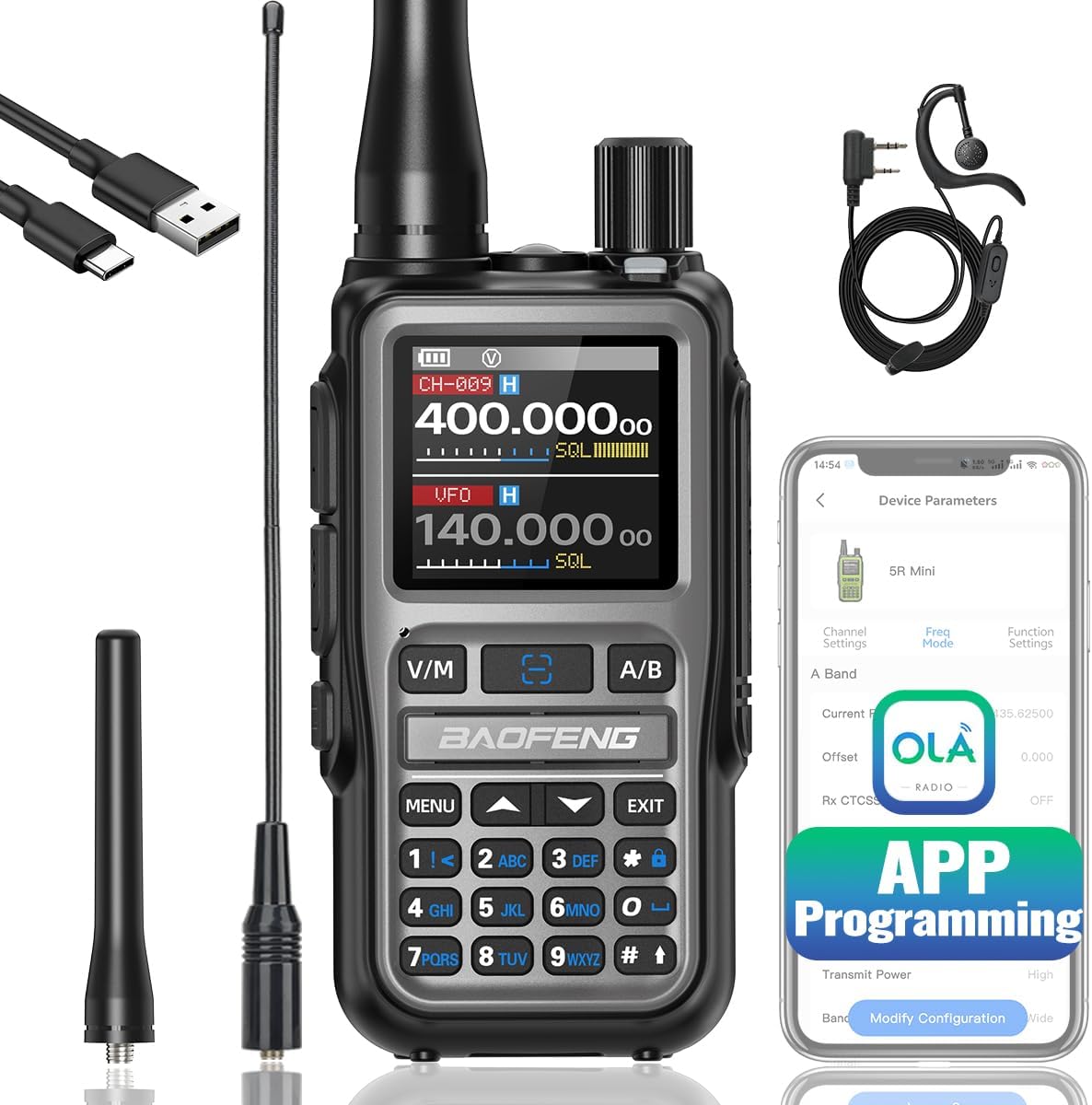
For radio enthusiasts, preppers, emergency responders, and adventurers alike, a reliable ham radio go bag can be a game-changer. Whether you're coordinating in the backcountry, responding to a disaster situation, or simply organizing your gear for a day at the field, the right bag can help ensure your equipment is secure, accessible, and ready to go at a moment's notice. The Ham Radio Go Bag with Tear-Away Velcro Back is a purpose-built solution that promises durability, functionality, and tactical efficiency. Here’s a comprehensive look at what this bag has to offer.
Design and First Impressions
At first glance, the bag presents a rugged, no-nonsense aesthetic. It’s compact yet surprisingly spacious, made with heavy-duty fabric that suggests it’s built for field use. The overall construction feels solid in hand, with reinforced stitching and high-quality zippers that move smoothly without snagging. The use of durable polyester or similar tactical-grade material gives it a water-resistant feel, making it ideal for unpredictable environments.
The layout of the bag is thoughtfully designed. Every pocket, strap, and section serves a clear purpose, offering a balance between accessibility and secure storage. Its subdued, tactical appearance means it can blend into both professional and casual environments without drawing unnecessary attention.
Tear-Away Velcro Back – A Standout Feature
One of the most notable features of this go bag is its tear-away Velcro back panel. This design element is perfect for rapid deployment. In critical situations where seconds count, you can pull the bag away from its mounted surface without fumbling through straps or fasteners. It’s ideal for vehicle mounts, bug-out stations, or wall panels.
This feature is particularly useful for emergency communicators who need to grab their gear quickly and relocate or activate their communication setup on the fly. The Velcro system holds firmly in place when mounted, ensuring stability, yet it releases cleanly with a firm tug when needed.
Molle Compatibility – Customize to Your Needs
The bag is fully Molle-compatible, allowing for seamless integration with other tactical gear. Whether you want to attach it to a larger rucksack, a vehicle seat panel, or add pouches for flashlights, tools, or medical kits, the Molle system gives you that flexibility. It opens up countless configuration possibilities based on your operational needs or personal preferences.
This compatibility makes it more than just a radio bag; it becomes a modular component of a broader tactical or preparedness system. It’s especially useful for those who like to tailor their setups or change configurations based on the type of mission or outing.
Multi-Pocket Interior – Smart Organization
Inside, the bag features a well-organized multi-pocket design that maximizes space without becoming bulky or cluttered. It typically includes elastic loops, mesh pockets, and padded compartments sized perfectly for handheld radios, battery packs, antennas, microphones, and cabling. This thoughtful organization ensures your gear stays in place, even during movement or rough travel.
The main compartment is large enough to accommodate dual-band radios or compact HF rigs. Smaller sections are ideal for cable management, small tools, notepads, and pens. There’s usually enough room to stash additional essentials like power banks, solar chargers, or field manuals without the bag feeling overstuffed.
The interior padding helps protect sensitive electronics from impact, and the mesh or see-through materials make it easy to locate items without digging through every pocket. This level of organization makes field operations smoother and saves valuable time.
Portability and Comfort
Despite being compact, the bag is built with portability in mind. It comes with an adjustable shoulder strap and often includes a top grab handle for multiple carry options. The shoulder strap is typically padded, providing comfort during extended wear. Because the bag is lightweight when empty, it doesn’t add unnecessary bulk to your loadout.
Its compact size makes it an ideal candidate for vehicle storage or under-seat placement. It’s easy to carry on a hike or toss into a go-bag setup without sacrificing too much space.
Practical Uses and Versatility
While designed with ham radio operators in mind, this go bag is versatile enough for a variety of uses. It can function as an emergency comms kit, a tactical admin pouch, or even a portable EDC (everyday carry) station for tech gear. Its modularity and smart internal layout make it useful beyond just amateur radio.
For preppers and emergency planners, this bag can serve as a critical part of a communications plan. For search and rescue teams, it keeps gear accessible and protected in the field. Even for hobbyists who attend field days or radio contests, this bag simplifies gear transport and keeps setups tidy.
Durability and Long-Term Performance
Over time, the bag holds up well to wear and tear. The rugged material resists abrasion, and the zippers and buckles continue to perform reliably after repeated use. The Velcro maintains its grip, and the stitching remains intact even when the bag is packed to capacity.
In rain or dusty environments, the fabric repels moisture and dirt to a reasonable extent. It’s not a waterproof case, but it certainly offers protection against light exposure to the elements, which is more than sufficient for most field conditions.
Final Thoughts
The Ham Radio Go Bag with Tear-Away Velcro Back stands out as a practical, durable, and adaptable solution for amateur radio users and anyone needing organized mobile communications gear. Its modular design, excellent internal layout, and rapid-access Velcro back make it ideal for both emergency scenarios and everyday use. It offers the right mix of protection, portability, and professional-grade features, all in a compact and affordable package.
Whether you’re a seasoned operator or just building your first go-kit, this bag makes a smart addition to your communication readiness gear.











